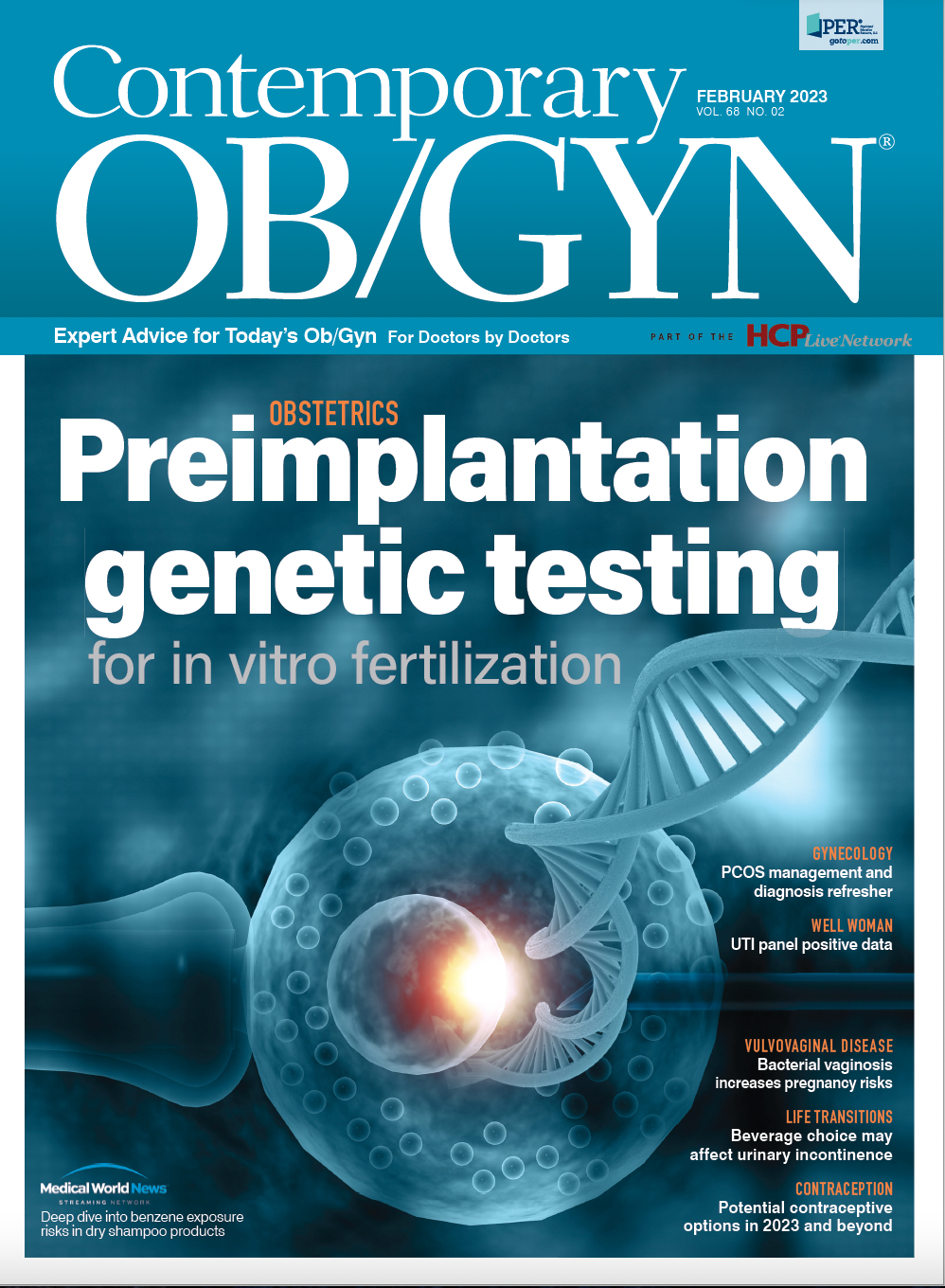Identifying gestational age
Identifying the optimal gestational age with minimal complications for mother and baby has been a topic of long-standing interest.
Advances in technology and access to care over the past few decades have led to a remarkable evolution in determining gestational age and identifying optimal time for delivery. Identifying the optimal gestational age with minimal complications for mother and baby has been a topic of long-standing interest.
FIGURE 1. US Deliveries by Gestational Age Categories6

The American College of Obstetricians and Gynecologists has long recommended a minimum of 39 weeks unless a maternal or fetal complication exists to recommend earlier delivery, with specific guidance available for those optimally delivered in the late preterm and early-term periods. Tita et al determined that even in the time period identified as “term”
(> 37 weeks), there are risks to delivering before 39 weeks.1 This led to redefining epochs of gestational age, including that of “early term” to define the 37th and 38th weeks of gestation.2
Importantly, the advent of ultrasound, especially first-trimester ultrasound to optimize dating, has had major implications on gestational-age dating and, hence, timing of delivery. It was anticipated with the advent of ultrasound, especially in the first trimester, that postdates pregnancy would cease. Ultrasound has enabled further-nuanced timing of delivery, even within a 1- to 2-week time frame in the setting of maternal, fetal, or obstetrical conditions.3,4
FIGURE 2. Percent of Total US Births by Gestational Age6

By 2013, women had an average of 4 to 5 ultrasounds in pregnancy, with at least half receiving a targeted ultrasound. In addition, in 2013, the definitions of late preterm (34w0d-36w6d), early term (37w0d-38w6d), full term (39w0d-41w6d), late term (41w0d41w6d), and post term (> 42w0d) were clarified and cemented into the literature.5 Thus, by this time, the dating of pregnancy was more commonly by—or at least incorporating—ultrasound. As seen in Figure 1, this resulted in a greater percentage of full-term deliveries and fewer early-term and late-preterm deliveries in 2016.6 Furthermore, the number of late-term and postterm deliveries has continued to decline.6
Interestingly, with these changes and the improved dating utilizing ultrasound, the timing of delivery has increased the number of deliveries at 39 weeks of gestation (Figure 2),6 which is likely predominantly due—given that the greatest increase is after 2007—to enhanced use of ultrasound rather than new definitions of terminology or trials demonstrating improved outcomes with induction in specific populations at 39 weeks.7
With enhanced access to early ultrasound and optimized pregnancy dating, situations that benefit from early delivery will improve outcomes for providers, patients, and families. Although so many obstetric practices have stood the test of time, innovation on the foundation of obstetrics—identifying gestational age—has made a major impact on our field.
References:
- Tita AT, Landon MB, Spong CY, et al; Eunice Kennedy Shriver NICHD Maternal-Fetal Medicine Units Network. Timing of elective repeat cesarean delivery at term and neonatal outcomes. N Engl J Med. 2009;360(2):111-120. doi:10.1056/NEJMoa0803267
- Spong CY. Defining “term” pregnancy: recommendations from the Defining “Term” Pregnancy Workgroup. JAMA. 2013;309(23):2445-2446. doi:10.1001/jama.2013.6235
- American College of Obstetricians and Gynecologists’ Committee on Obstetric Practice; Society for Maternal-Fetal Medicine. Medically indicated late-preterm and early-term deliveries: ACOG committee opinion, number 831. Obstet Gynecol. 2021;138(1):e35-e39. doi:10.1097/AOG.0000000000004447
- ACOG committee opinion No. 765: avoidance of nonmedically indicated early-term deliveries and associated neonatal morbidities. Obstet Gynecol. 2019;133(2):e156-e163. doi:10.1097/AOG.0000000000003076
- ACOG committee opinion No 579: definition of term pregnancy. Obstet Gynecol. 2013;122(5):1139-1140.doi:10.1097/01.AOG.0000437385.88715.4a
- About natality, 2007-2001. CDC. Accessed January 10, 2023. http://wonder.cdc.gov/natality-current.html
- Grobman WA, Rice MM, Reddy UM, et al; Eunice Kennedy Shriver National Institute of Child Health and Human Development Maternal–Fetal Medicine Units Network. Labor induction versus expectant management in low-risk nulliparous women. N Engl J Med. 2018;379(6):513-523. doi:10.1056/NEJMoa1800566

S4E1: New RNA platform can predict pregnancy complications
February 11th 2022In this episode of Pap Talk, Contemporary OB/GYN® sat down with Maneesh Jain, CEO of Mirvie, and Michal Elovitz, MD, chief medical advisor at Mirvie, a new RNA platform that is able to predict pregnancy complications by revealing the biology of each pregnancy. They discussed recently published data regarding the platform's ability to predict preeclampsia and preterm birth.
Listen
